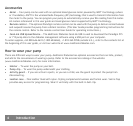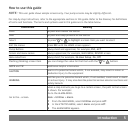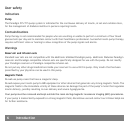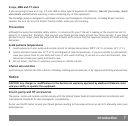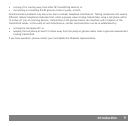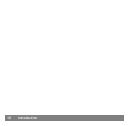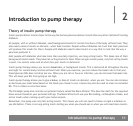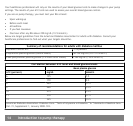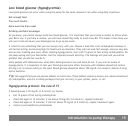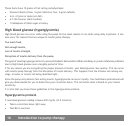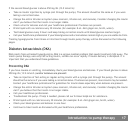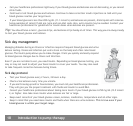
Introduction to pump therapy
2
Theory of insulin pump therapy
Insulin pumps deliver insulin closer to the way the human pancreas delivers insulin than any other method of treating
diabetes.
All people, with or without diabetes, need background insulin for normal functions of the body without food. They
also need a dose of insulin on demand - when food is eaten. People without diabetes can trust that their pancreas
will produce this insulin for them. People with diabetes need to take insulin in a way that is most like the way a
pancreas produces it.
Most people with diabetes who take more than one daily injection, use long-acting insulin. This takes care of their
background insulin needs. They take fast-acting insulin for food. When using an insulin pump, only fast-acting insulin
is used. You control when and at what rate your insulin is delivered.
Insulin pump therapy allows you to set a basal rate, or background insulin. This is delivered all throughout the day
and night for normal body function without food. When you exercise, you can reduce the basal rate so that your
blood glucose (BG) does not drop too low. When you are sick or have an infection, you can increase the basal rate.
This will keep your BG from going up too high.
Insulin pump therapy allows you to give a bolus, or dose of insulin on demand - when you eat. You can also increase
or decrease your meal bolus based on the foods you choose to eat. A bolus may also be used to lower an elevated
BG. This is called a correction bolus.
The Paradigm pump also contains an optional feature called the Bolus Wizard. This does the math for the required
bolus amount based on your personal settings. The Bolus Wizard will use your BG reading, carbohydrate intake, and
active insulin when coming up with your bolus amount.
Remember, the pump uses only fast-acting insulin. This means you will not need to follow as rigid a schedule as
you did before. There is no long-acting insulin telling you when you should eat or when you will need more insulin.
Introduction to pump therapy 11




